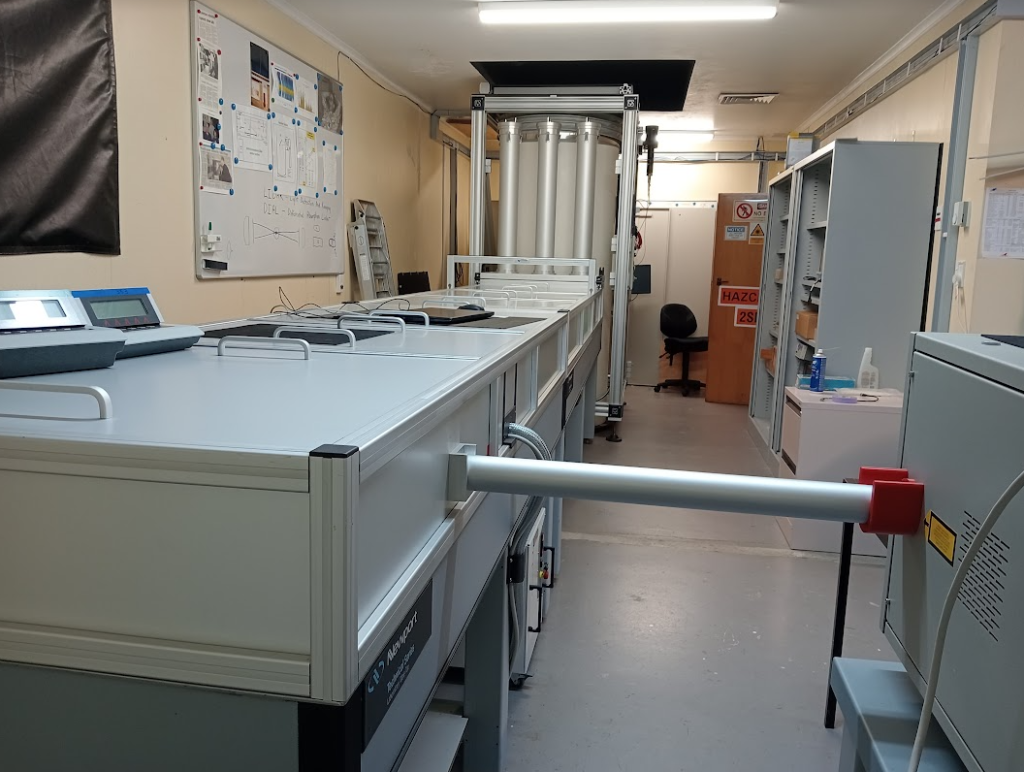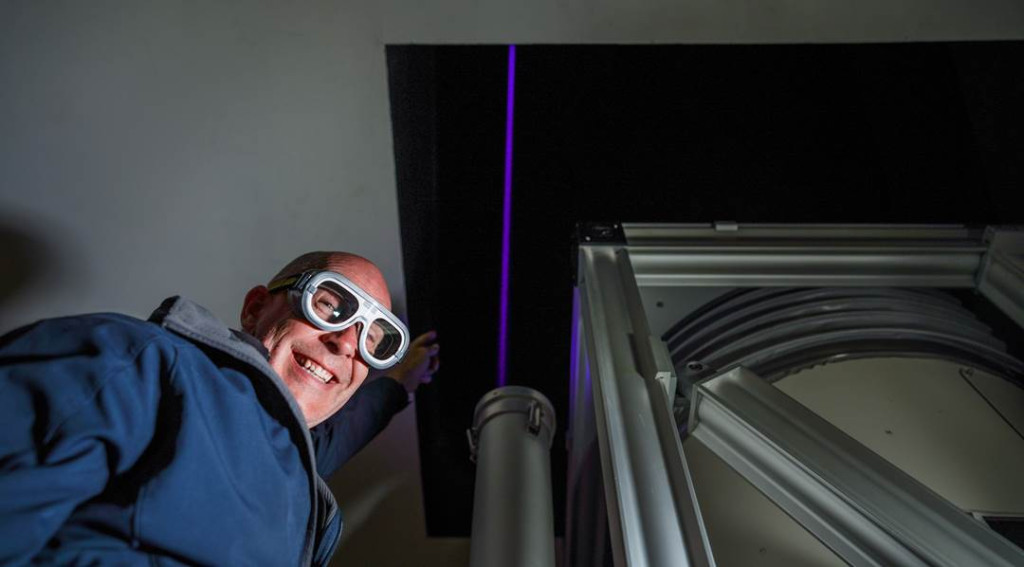Following two years of equipment procurement and a visit earlier this month from Fernando Chouza (JPL) to help with receiver integration, Lauder finally have a redeveloped ozone lidar that is ready to return to routine operations. The original ozone lidar was installed at Lauder, New Zealand, in the early 1990s by a research group led by Daan Swart from RIVM (The Netherlands). For the next 25 years, the ozone lidar was jointly operated by RIVM and NIWA until 2017 when RIVM gifted the lidar system to NIWA to continue to operate on a best-efforts basis. In mid-2021, there was a catastrophic failure of the excimer laser that interrupted the timeseries (not altogether unexpected with a 14-year-old laser…). Two years later, the reconfigured lidar is now a two-laser system, using an XeCl excimer and a frequency-tripled Nd:YAG laser (replacing the Hydrogen Raman cell used in the earlier lidar configuration). The acquisition electronics have been replaced with Licel transient recorders and the large EMI-style photomultiplier tubes have been replaced with small Hamamatsu PMT modules. First light on the new system was achieved in late October 2023, with high quality ozone and temperature profiles produced using Thierry Leblanc’s GLASS lidar processing software. Along with the ongoing commissioning and comparisons with ozonesondes, some next steps for the system are to streamline control software and automate elements like weather-based hatch closing and remote laser shutdown procedures. Alongside the significant hardware investment made by NIWA, this upgrade was also made possible with the help of RIVM through their designing and installing ESA-funded near-field receivers, and with the direct & donated CAMS27 funds that have supported the project and Fernando’s recent travel. With this new system back online, we look forward to many more years of NDACC ozone lidar operations at Lauder!

Figure 1: The new NDACC lidar system

Figure 2: Mike Kotkamp with the lidar